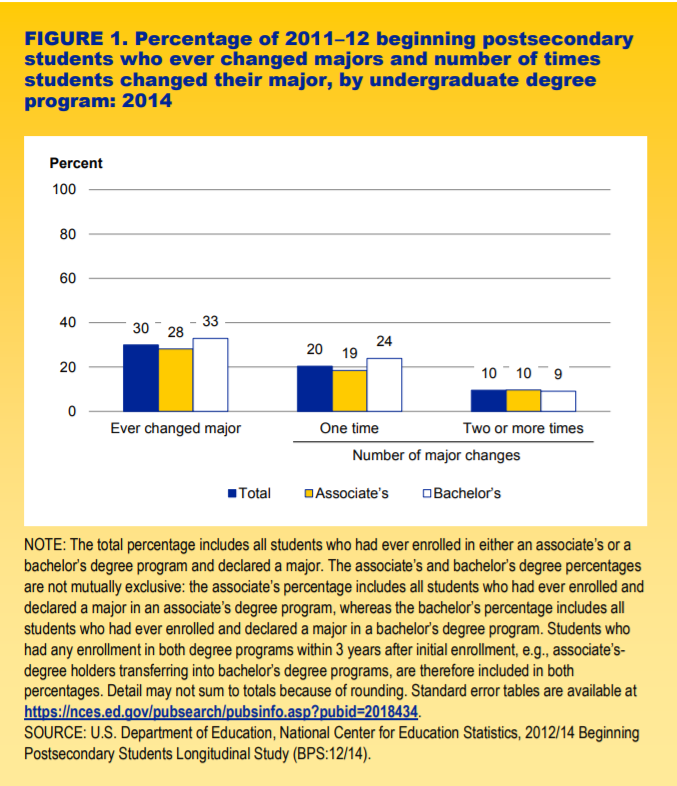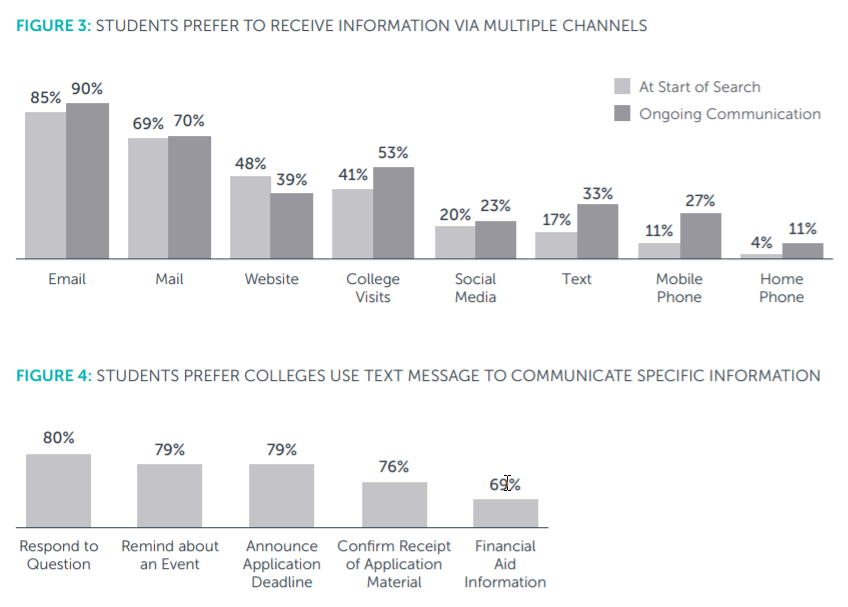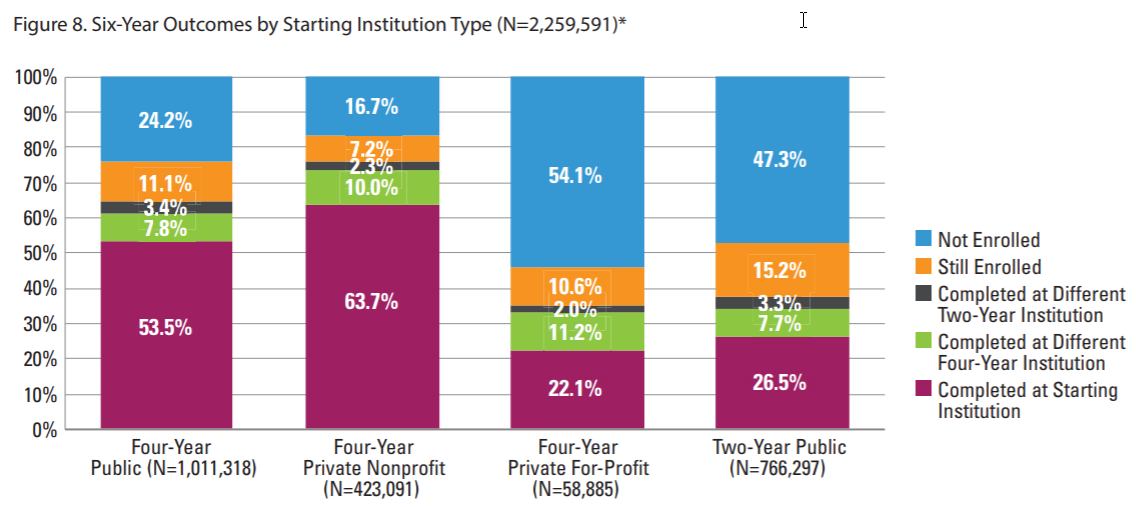Commentary
A wise Jedi Master once said, “The greatest teacher, failure is.” (Yoda, Star Wars the Last Jedi)
I ran across an Education Dive article by Pat Donachie about “The Success of Failure” panelist discussion at Teachers College, Columbia. It peaked my interest because I believe, like the panelists, that learning how to fail and from that failure what not to do, ultimately helps people be more successful later on. Panelists introduced research where they shared stories of struggle from successful scientists to high school students in the hope that by doing so create a connection where students relate to the failures of these figures. Students who heard the stories did “significantly better” in the course than those who did not. Another panelist noted that “failure helps individuals better understand their strengths and passions.” Further, the panelists did not advocate for failure across the board but rather in moments with “relatively low stakes” as a means to help students in the long term.
Current Higher Education Research and Related Topics
New American Council on Education (ACE) Report on Adult Learners
ACE released a report entitled “The Post-Traditional Learners Manifesto Revisited: Aligning Postsecondary Education with Real Life for Adult Student Success.” The authors used data from the National Postsecondary Student Aid Study 2011-2012 to characterize post-traditional learners. A post-traditional learner is defined by ACE as having the following characteristics:
- Age 25 or above
- Are needed wage earners for themselves or their families
- Are military connected
- May have dependents
- Work full time
The authors make recommendations for how best to serve this population through an improved use of data, an alignment of financial aid policies and unemployment insurance policies, and embracing the different ways post-traditional learners acquire knowledge and consume education.
50-State Comparison: Prior Learning Assessment (PLA) Policies
The Education Commission of the States released a comprehensive summary of PLA policies. The resource is a means to compare policies across all 50 states or to examine a particular state’s practice in detail. The author found that:
- “Twenty-four states have PLA policies.
- Nine states provide guidance regarding PLA-related costs and fees charged to students.
- Eleven states address limits on the number of credits that may be awarded for prior learning.”
Student Who Change Their Major Within 3 Years of Enrollment
NCES released a Data Point which examined first-time postsecondary student data from the 2012/14 Beginning Postsecondary Students Longitudinal Study. The data shows that 30 percent of students pursuing either an associate or bachelor’s degree changed their major at least once in the first three years of enrollment. The figure below from the report provides further detail.

Relationship Between Family Income and College Attendance
Researchers from the Equality of Opportunity Project completed research on over 30 million college students from 1999-2013. They examined intergenerational income mobility at U.S. colleges. Findings include:
- Children from the top 1% of income earners are 77 percent more likely to attend an ivy league than those in the lowest quintile.
- Earning outcomes are conditional on the college they attend.
- Upward mobility differs “substantially across colleges because low-income access varies significantly across colleges with similar earning outcomes.”
Student Communication Preferences
The Enrollment Advisory Board (EAB) surveyed over 5,500 current college-bound high school students on their communication preferences. From this data, EAB draws several conclusions including:
- Underrepresented students rely more on social media channels to learn about colleges than other populations.
- Email and regular mail are still preferred methods of communication for some aspects of the college selection process.
- Nearly two-thirds indicated that a personal letter influenced their college choice.
The two figures below come directly from their report and provide further insight into the communication preferences of prospective students.

Source: EAB Student Communication in the Evolving Digital Era
Report on Transfer Student Success
A recent study from the Community College Research Center (CCRC) examined the rate in which transfer students earn bachelor’s degrees and the number of accumulated excess credits. The researchers examined data from Macomb Community College and the University Partners Advisory Council. They found two possible causes of excess credits among transfer students, change of field of study and participation in dual enrollment.
NILOA Tuning Impact Study
“Tuning is a bottom-up, faculty-led process which leads to the creation of a discipline-specific learning outcome document along with a degree profile that is used to communicate the value of a particular degree to a variety of audiences.”
The National Institute for Learning Outcomes Assessment’s (NILOA) produced a report based on outcomes from 2009-2016 Tuning efforts. Tuning project participants had these opinions about the undertaking:
- 72% felt the project was worthwhile
- 83% indicated that a wide-array of stakeholder opinions is important when defining what a discipline specific degree means
- 67% felt that the process can be used to “increase engagement with students, recent graduates, and employers”
- 64% of faculty felt the process provided faculty with an appropriate level of control over defining learning outcomes.
New Signature Report on College Completion from the National Student Clearinghouse
This report examines the six-year completion for those students who started postsecondary education in fall 2011. Since a picture is worth a thousand words, I have included a figure directly from the report below. For more details, please see the full report.

CCRC Releases Several New White Papers and Publications
Stackable Credentials: Do They Have Labor Market Value?
Reforming the American Community College: Promising Changes and Their Challenges
How to Measure Community College Effectiveness in Serving Transfer Students
Tackling Transfer: A Guide to Convening Community Colleges and Universities to Improve Transfer Student Outcomes
How States Are Implementing Transition Curricula: Results from a National Scan
Can High School Transition Courses Help Students Avoid College Remediation? Estimating the Impact of a Transition Program in a Large Urban District
How Effective Are Community College Remedial Math Courses for Students With the Lowest Math Skills?
Guided Pathways at Community Colleges: From Theory to Practice